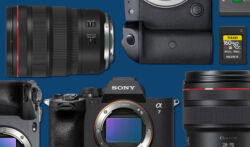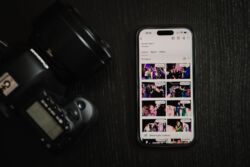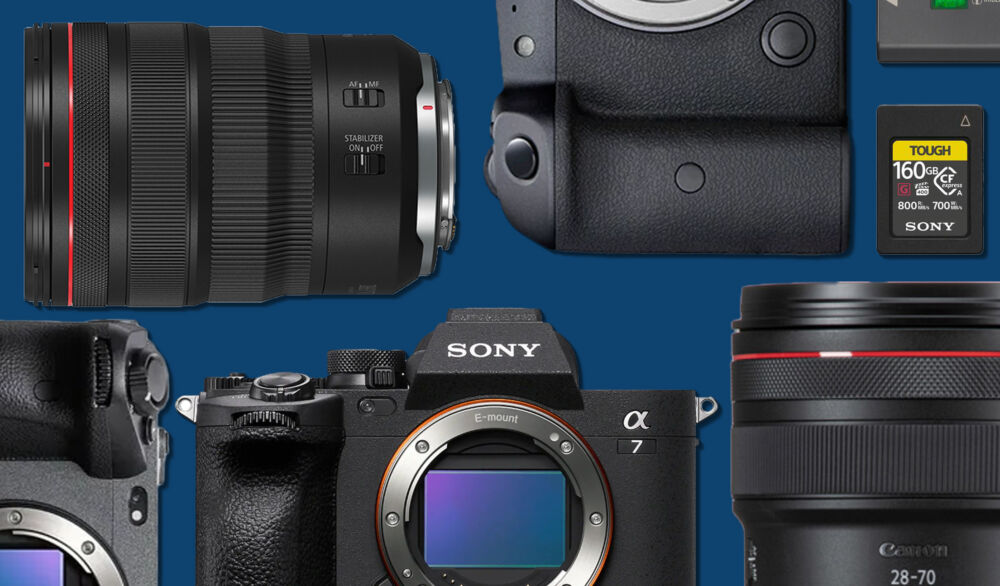Milky Way photo season is upon us, and you’d love to go out and shoot, but where do you begin? Well, thankfully, you don’t need to break the bank getting exotic cameras and lenses; what you really need is…knowledge! Mastering the techniques of photographing the night sky is definitely a lot more important than spending more money on gear. Of course, as you get more serious, by all means, do save up for exciting new equipment; in the meantime, consider the following questions: Where should you invest your time? How can you minimize expenses?
The best answer is to spend your time practicing and learning, and to spend just a little money on the certain tools that will actually be the biggest help in planning your photos, and making sure they happen! For a complete guide, see our article on How to Photograph the Milky Way. In this article, we’ll list the must have apps and websites to download or visit before embarking on your milky way photography adventures.

Of course, for affordable tools, I’m talking about mobile apps for your phone. In fact, many of these apps have free versions, so you can get started and go quite far before even spending any money. Even then, most of these apps only cost about $10. That’s quite possibly the best investment you could make if you want to learn Milky Way photography!
Apps For Finding The Milky Way
First and foremost, how do you find the Milky Way? We describe exactly when, where, and how the Milky Way appears in the night sky in our previous article, HERE. Now, in this article, we’re going to expand on exactly which tools and tricks you can use to plan the exact shot with incredible accuracy.
Sun Surveyor, The Photographer’s Ephemeris, and PhotoPills are three of the most popular and most full-featured apps out there for planning your Milky Way photos. Each app offers useful tools, such as map and even street view alignment tools, for planning your shot before you even leave home.
(These apps have both free and paid versions, and are available for both Android and iOS.)

Then, when you arrive on location, these apps also offer an augmented reality feature which uses your phone’s camera to display where the Milky Way should appear.
You can plan your photos weeks or months in advance, of course, since astronomy in general is simple to predict. Just like we know exactly when sunrise and sunset will be for any day of the year, we can also know exactly when and where the Moon, the stars, and the Milky Way Core will appear.
Apps For Photographers: Finding Dark Skies
Finding where the Milky Way will be is simple, but it’s not enough. You also must be able to find truly dark skies, that are free of light pollution as well as moonlight.

Thankfully, your Milky Way planning apps such as Sun Surveyor will also be able to help you determine when the moon’s phase and illumination will be optimal for photographing the Milky Way.
But, what about finding dark skies? A website such as Dark Site Finder will be able to help you determine where light pollution may exist so that you can avoid it. If you’re truly a dark sky enthusiast, you ought to read up on the Bortle scale, too.

Note: Light pollution can appear on the horizon from major metropolitan areas from as far away as 100-200 miles, however, your view of the night sky directly above you will still be impressive and clear as long as your actual location is as far away as possible from any nearby light pollution.
Apps For Photographers: Predicting The Weather
Of course, if you predict exactly where the Milky Way will appear, and you ensure that there will be no light pollution or strong moonlight influencing your photo, you could still miss the shot if it’s overcast.
So, always remember to check the weather! This is an obvious tip that needs little additional information, and everybody has their own favorite source for weather info. If you have compared some and found one that is the best for predicting clear night skies, please feel free to link it below!
We do have a few additional tips about checking the weather, though.

In addition to the popular weather apps such as Weather.com or Weather Underground, I also recommend a multi-model weather prediction app, such as Meteoblue, to help you see just how likely certain weather patterns may be.
(All of these apps should be free, and available for both Android and iOS.)
Also, here’s my most secret tip: With many apps, you can refine the location using a map, so I usually check the weather for at least four other nearby locations, to the North, South, East, and West of my intended shooting location, at about 25-50 miles distance. This helps to give me a better understanding of how the weather may move across a geographical area throughout the subsequent days.
Other Important Apps for Nightscape Photography
In addition to planning a Milky Way photo, there may be other things that you wish to accomplish, or know about.
To see star constellations and other heavenly bodies themselves, and not just the Milky Way, check out a constellation/astronomy app such as SkyView.
(These apps have both free and paid versions, and are available for both Android and iOS)
To keep an eye on additional aspects of the weather, (and for your own safety!) I also recommend a lightning tracking app such as Blitzortung.
Last but not least, don’t forget to download all your other photography-related apps, such as for your Gopro, or your timelapse devices, or your camera’s own wifi or bluetooth connectivity app!
Learn More About Milky Way Photography
For a beginner-to-advanced training course on how to photograph the Milky Way, be sure to check out or complete workshop, Photographing The Milky Way!

This complete video workshop includes two hours of video instruction, plus three PDF resources for helping you ensure that the shot turns out. Subjects covered include basic to advanced instruction on exposure, focus, and shooting and editing techniques from single exposures to composite blends, panoramic stitching, noise reduction stacking, and other techniques.













